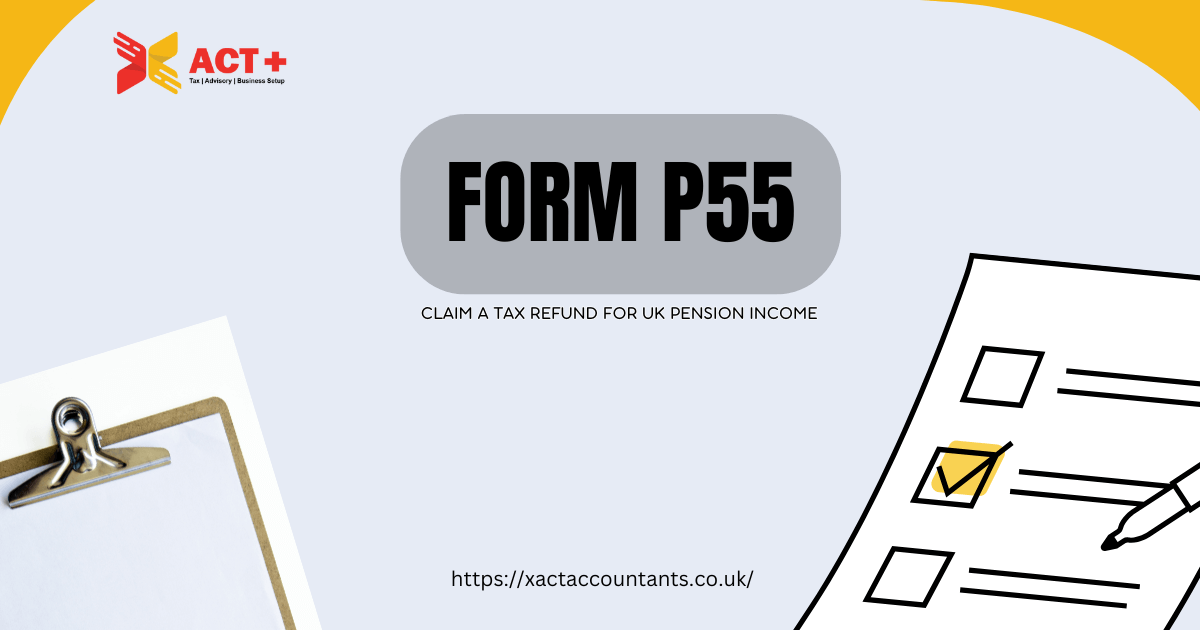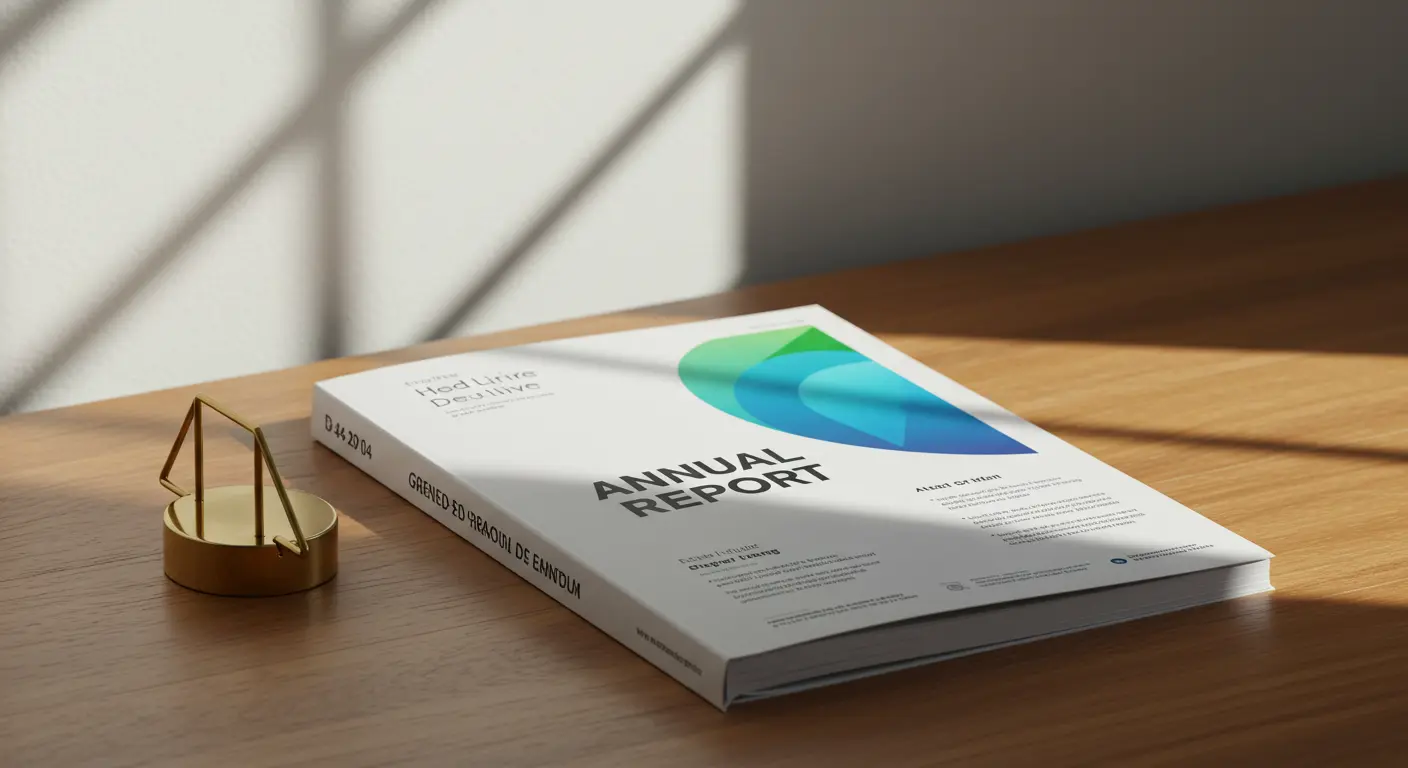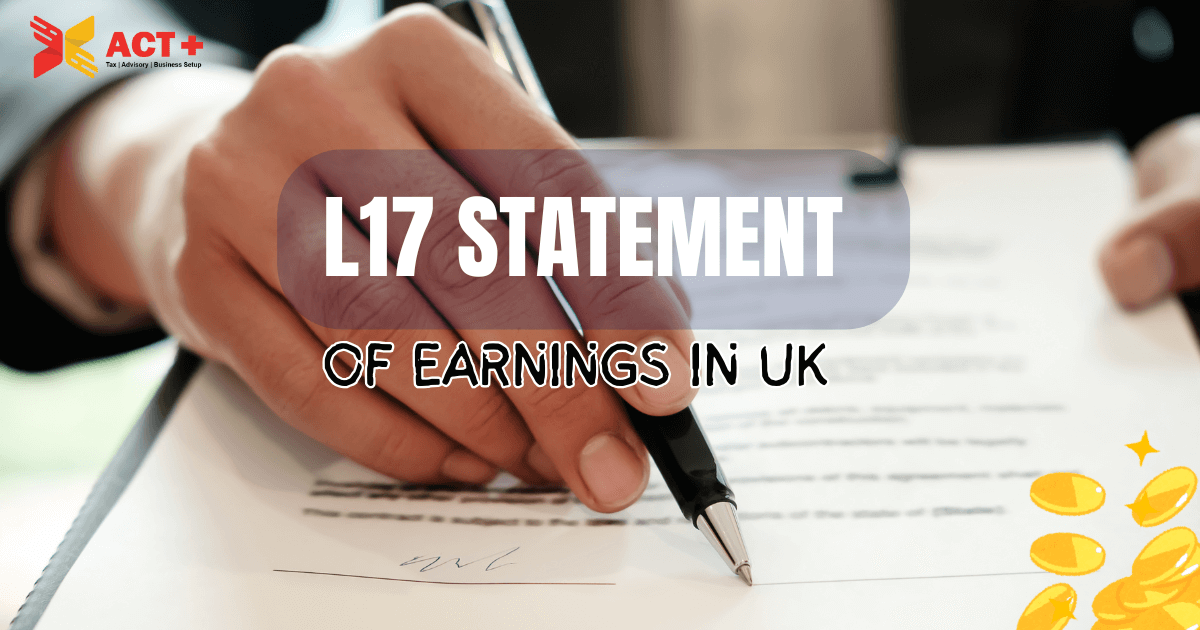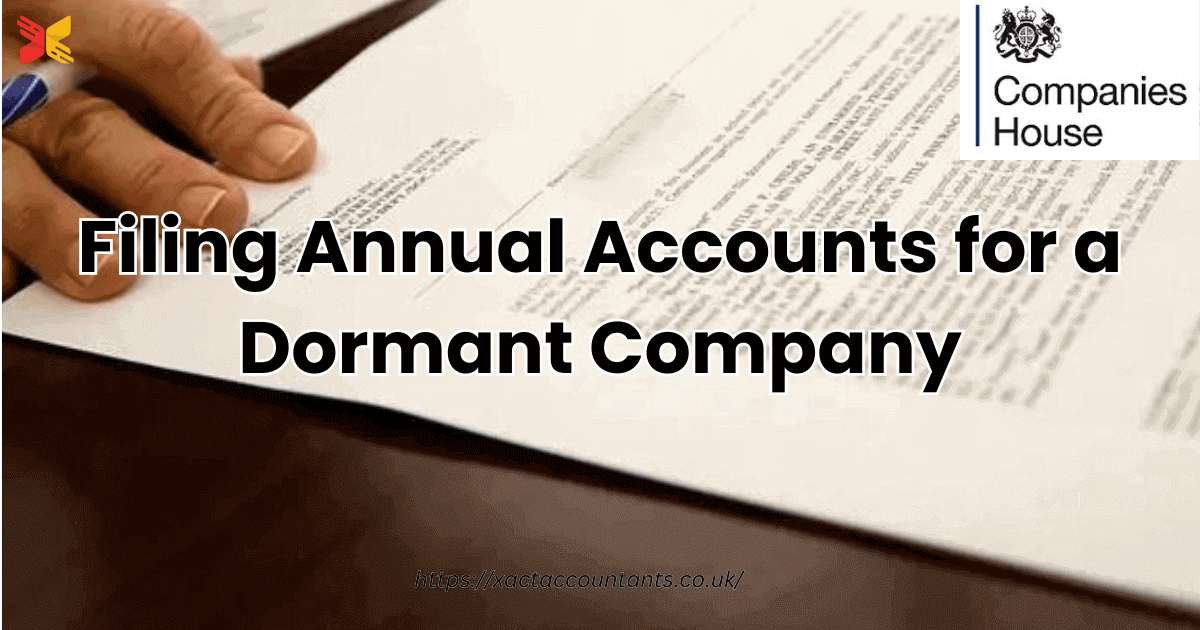What is Form P55?
Form P55 is provided by HM Revenue & Customs (HMRC) for individuals who have flexibly accessed part of their pension pot and need to claim a tax refund. It is specifically used when a person has withdrawn money from their pension pot but does not expect to take further withdrawals in the same tax year, and the pension provider has applied an incorrect or emergency tax code, resulting in excess tax being deducted. The form helps simplify the refund process, ensuring taxpayers can reclaim overpaid tax without waiting until the end of the tax year.
Who Needs to Use Form P55?
Form P55 is needed by individuals in the UK who have made partial withdrawals from their pension pot and have overpaid tax due to an incorrect or emergency tax code. It is specifically for those who do not intend to make further withdrawals from their pension during the same tax year. This form is also ideal for people not required to complete a self-assessment tax return, allowing them to claim a tax refund directly from HM Revenue and Customs (HMRC). For retirees or others accessing their pensions under flexible drawdown arrangements, Form P55 is a helpful tool because it allows people to quickly recover overpaid taxes without waiting until the end of the tax year.
How Do I Get a Form P55?
Accessing the P55 tax reclaim form is straightforward. You can obtain it in several ways:
- Online through the HMRC website:
Visit the official HMRC website and search for “P55 form download” or “P55 form online.” HMRC provides a digital version that can be filled out and submitted online. - Requesting by phone:
If you’re unable to access the form online, you can call HMRC and request a copy. They will guide you on how to complete and submit it. - Using an accountant or tax professional:
If you’re unsure about the process, consider hiring a professional. Accountants familiar with the HMRC P55 form can assist with accurate completion and submission.
How Do You Submit Form P55?
You can access Form P55 through the official HMRC website. The form is available for online completion and submission, which is the quickest method. Alternatively, you can download the form, fill it out manually, and send it by post to HMRC. Ensure you provide accurate information about your pension withdrawal and any other income to facilitate a smooth refund process.
Common Issues and How to Avoid Them
When submitting Form P55, individuals may encounter common issues that could delay their tax refund. One frequent problem is providing incomplete or inaccurate information, such as incorrect pension withdrawal amounts or missing personal details like the National Insurance number. This can lead to processing delays or rejection of the form. Another issue arises when individuals use the form inappropriately, such as attempting to claim a refund while planning additional pension withdrawals within the same tax year. To avoid these issues, ensure all information provided is accurate and double-check the details before submission. Use the online submission process whenever possible, as it reduces errors and speeds up processing. If unsure about eligibility or how to complete the form, seeking guidance from HMRC or a financial advisor can help prevent mistakes and ensure a smooth refund process.
How Can You Claim Tax Refunds Using Form P55?
To claim a tax refund using Form P55, you must first determine if you meet the eligibility criteria. The form is specifically for individuals who have made a one-off or partial withdrawal from their pension pot and have overpaid tax due to an incorrect or emergency tax code. If you do not plan to take further withdrawals from your pension during the same tax year and are not required to file a self-assessment tax return, you can proceed with the P55 process.
The process involves filling out the P55 form online or downloading it from the HMRC website. You will need to provide details of the pension withdrawal, including the amount withdrawn, the tax deducted, and your pension provider’s details. Once completed, the form is submitted to HMRC, either online or by post.
After submitting the P55 form, HMRC reviews your application and calculates the amount of tax refund owed. If everything is in order, the refund is processed, and the amount is credited directly to your bank account. This process allows individuals to reclaim overpaid tax promptly, without waiting for the end of the tax year.
Should I choose Form P55 if I have used up my entire pension fund at once?
Choosing Form P55 depends on your specific circumstances regarding your pension withdrawal and tax situation. Form P55 is used to claim a tax refund if you have withdrawn some or all of your pension as a lump sum and believe you have overpaid tax. If you have used up your entire pension fund in one withdrawal, this form is not suitable, as it is only applicable for partial withdrawals where funds remain in your pension pot.
If you have withdrawn your entire pension pot, you might need to use Form P53Z instead. This form allows you to claim back any overpaid tax on a full pension fund withdrawal under the flexible access rules. Overpayment often occurs because the provider uses an emergency tax code, which can result in higher deductions.
It’s crucial to assess your situation and determine if an overpayment has occurred. If you’re unsure, consulting a financial advisor or contacting HMRC directly can provide clarity. They can guide you toward the correct form and process to reclaim any overpaid tax efficiently.
Can I receive less tax on a lump sum payment from a pension that can be accessed flexibly?
Yes, you can potentially receive a lump sum payment from a flexibly accessed pension with reduced tax by carefully planning how and when you withdraw funds. Under UK pension rules, you’re typically entitled to withdraw 25% of your pension pot tax-free. This is often referred to as the pension commencement lump sum (PCLS). The remaining 75% is taxed as income, meaning the rate you pay depends on your total income for the tax year, including the pension withdrawal. If the lump sum pushes your income into a higher tax band, you may end up paying more tax.
To minimize tax, you can stagger your withdrawals across multiple tax years. By spreading the withdrawals, you might avoid exceeding the basic rate tax threshold. For example, if you’re in the basic tax bracket and your lump sum takes you into the higher tax bracket, withdrawing smaller amounts over a few years could help you stay in the lower bracket, reducing your tax liability.
Conclusion
It can be difficult to manage pension withdrawals and the related tax ramifications. You can avoid paying more than necessary by using HMRC’s Form P55 to reclaim overpaid tax on partial pension withdrawals. If you’re unsure of your tax responsibilities, always keep your tax information up to date and seek advice from a tax expert.
- What is a pension tax error, and how can I get an HMRC refund?
A pension tax error occurs when you’re overtaxed on pension withdrawals, often due to emergency tax codes. Submit Form P55 to HMRC for a refund. - What is the state pension tax bill?
The state pension is taxable if your total income exceeds the personal allowance. HMRC collects tax through other income or bills. - What is Form P55 HMRC used for?
Form P55 is used to reclaim overpaid tax on partial pension withdrawals. It applies when you’ve flexibly accessed your pension pot.

















